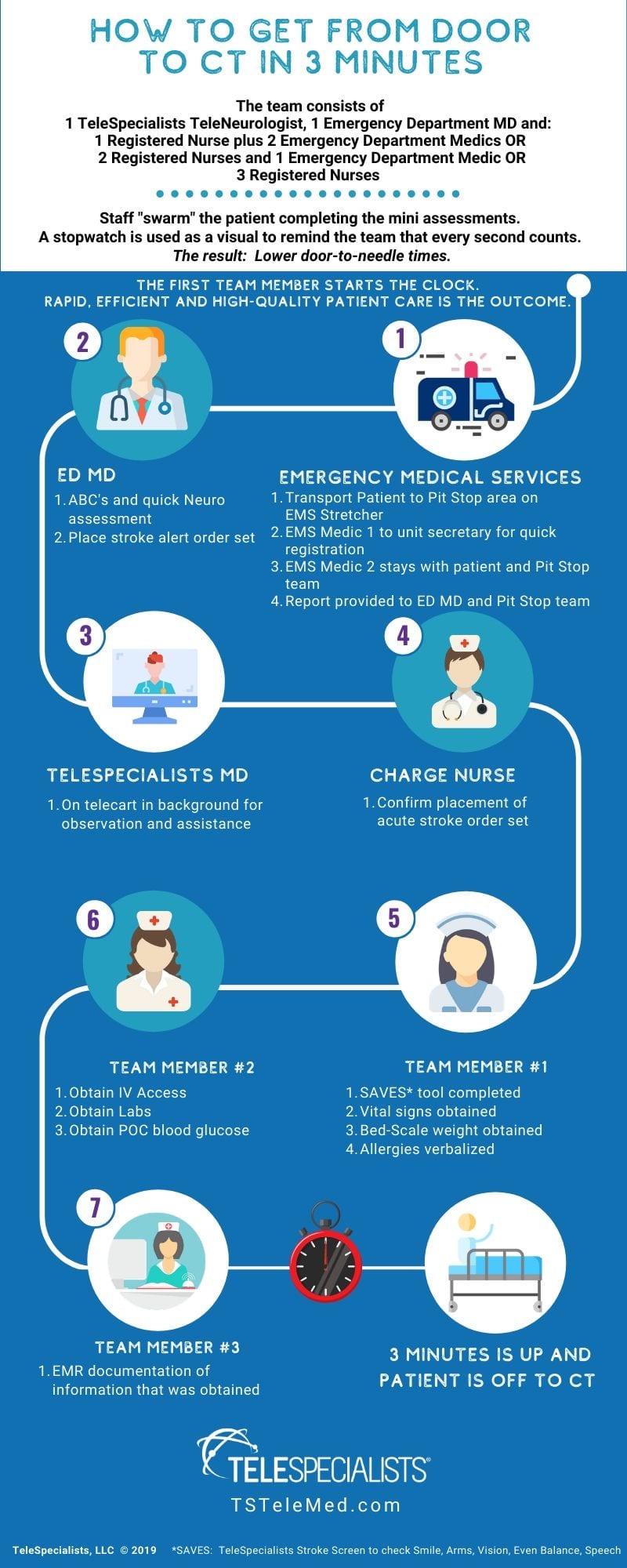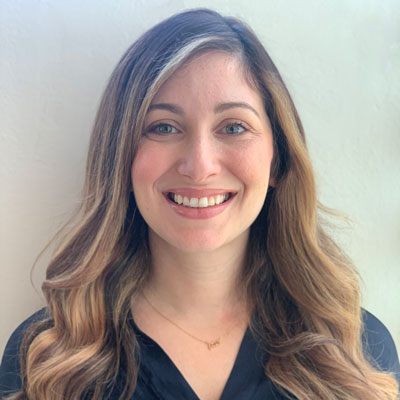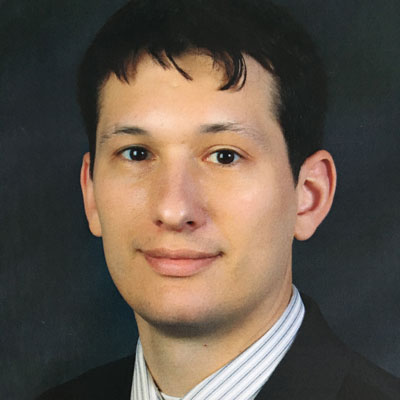Stroke Best Practice of the TeleSpecialists Pit Stop Program™… When Every Second Counts
When you think of NASCAR, you can’t help but think of speed. The main objective is to get to the finish line as fast as possible, and during the race there is a crew standing by to ensure that the car and driver get to their destination without a hitch. If the car has a flat tire or smoking engine, it can’t finish the race…. can it? The NASCAR driver and vehicle are supported by a pit crew, and they are a critical success factor on the racetrack. When there is a race at stake, the pit crew needs to be as fast and efficient as possible. The same holds true when it comes to saving lives. The pit crew concept, which leaves little to no time unused, has been applied to a similar process in emergency rooms. This process has proven to be very effective in conjunction with the stroke aphorism “time is brain.”
Stroke Patient Care
When there is a life at stake, physicians and their team need to act fast, and their precision and teamwork are of the utmost importance. The American Stroke Association (ASA) took the pit stop concept and implemented it into its best practices. Remember, the longer it takes to treat a stroke patient, the more the patient will be affected by the disease that affects over 790,000 people in the United States alone.
TeleSpecialists Pit Stop Program™
For a team to work together, and work together fast, a pit stop crew emulation seems like a no-brainer. TeleSpecialists took the process one step further and developed the TeleSpecialists Pit Stop Program™. This integrates the ASA’s best practices and adds parallel processes to increase its effectiveness.
Imagine… three team members armed with their assignments and a stopwatch and must complete their tasks in three minutes. Once a Stroke Alert is called, the team gets into place quicker than you can say “pit stop.”
Each member of the team “swarms” the patient, takes vitals and completes their designated mini-assessments. The TeleNeurologist is activated as soon as the stroke alert is called so the stroke assessment can begin immediately when they are on-screen. A stopwatch is used as a visual reminder that every second counts. The TeleNeurologist is carted with the team along with the patient; this ensures no time is lost, the patient’s test results can be observed, and the thrombolytics can be ordered and given at bedside.
TeleSpecialists Pit Stop Program™ Results
Door-To-Needle in Under 45 Minutes
What are the results? Our hospital partners that have implemented the TeleSpecialists Pit Stop Program™ have an average door-to-needle time of 45 minutes or less, compared to facilities who do not utilize the process with an average closer to 56 minutes. Some of our hospital partners have seen a door-to-needle time as low as 14 minutes!
Contact to Decrease Your Door-To-Needle Times
In addition, the TeleSpecialists Pit Stop Program™ allows the TeleNeurologist to have his/her eyes on the patient at all times. To learn more about how the TeleSpecialists Pit Stop Program™ can decrease your door-to-needle times, please call us today at 866-785-7769.













